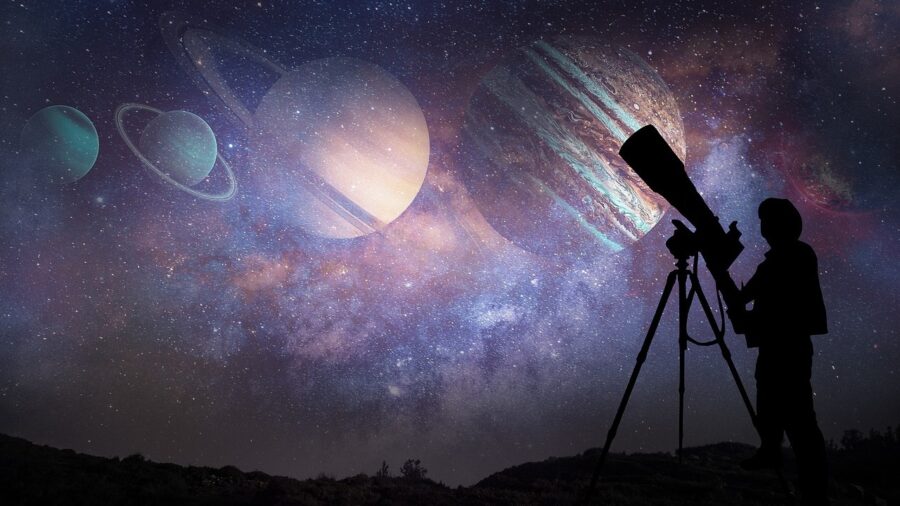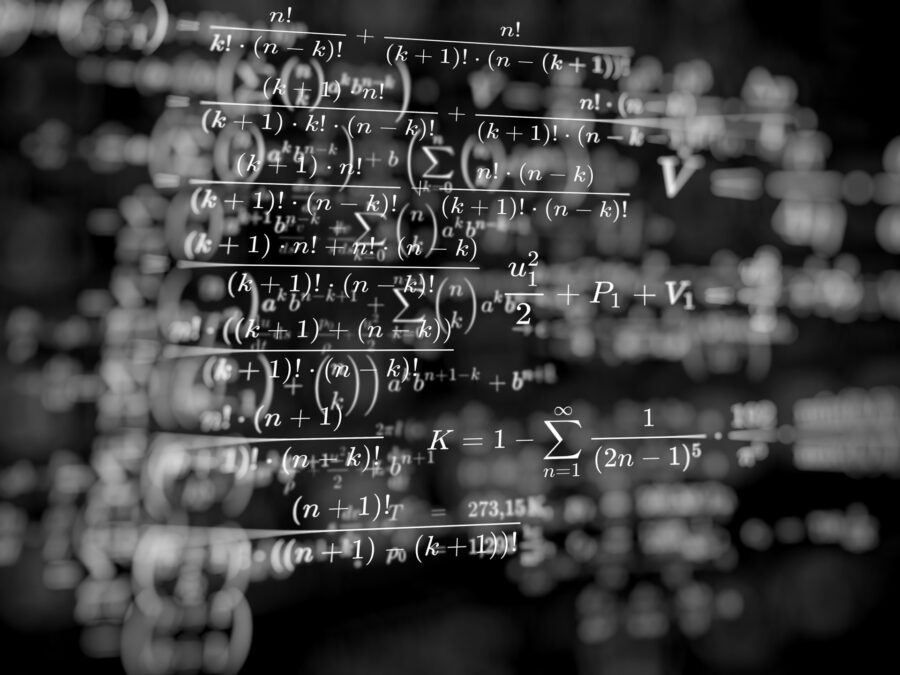Our Galaxy Is Stuck In An Empty Void?

The Hubble-Lemaitre constant has been the bedrock of our understanding of the universe’s expansion, supporting the widely accepted Big Bang theory. It states that the speed at which galaxies move apart is directly proportional to their distance from each other. However, recent observations revealed a few discrepancies, which can only be explained if our galaxy exists in a void.
Similar To An Air Bubble

Researchers from the University of Bonn in Germany and St Andrews in Scotland developed a plausible theory that centers on the notion that our galaxy exists in a void. The region in question is best described as an expansive region with significantly less matter compared to other cosmic locales – similar to an “air bubble in a cake,” as described in their press release via Yahoo! News.The team reached this conclusion by examining the velocities of nearby supernovae, deriving a distinct value for the Hubble-Lemaitre constant. According to astrophysicist Pavel Kroupa, a coauthor of the paper published in the Monthly Notices of the Royal Astronomical Society, it means the galaxy is “expanding faster in our vicinity – up to a distance of around three billion light years than in its entirety.”
Reevaluating Einstein’s Theory

The finding might explain the recent discovery of a local “under-density” in our cosmic neighborhood, where galaxies seem to be moving away unexpectedly. As coauthor Indranil Banik from the University of St. Andrews suggests, these anomalies demand a reevaluation of the existing standard model, prompting scientists to revisit fundamental laws that have held sway for over a century.
The standard model is based on a theory of the nature of gravity put forward by Albert Einstein,” Kroupa says. “However, the gravitational forces may behave differently than Einstein expected.” This realization led the team to support the modified Newtonian dynamics concept about the galaxy proposed by Israeli physicist Mordehai Milgrom in 1982.
Further Research Required

If the theory about the galaxy is correct, it could dissolve the Hubble tension conundrum altogether. However, the journey from hypothesis to accepted scientific principle is fraught with challenges. The team’s endorsement of modified Newtonian dynamics requires rigorous examination and validation from the broader scientific community.
The Hubble tension is a discrepancy in the measurement of the Hubble constant, which can be interpreted as the relative rate of expansion, with a value of 7%/Gyr. The discrepancy, or tension, arises from the fact that the expansion rate measured by the Hubble Space Telescope is significantly higher than the prediction from the Big Bang afterglow.
Possible Solutions

This tension in the galaxy has been observed using various techniques, such as gravitational lensing, which is a phenomenon predicted by Einstein’s general theory of relativity. Another possible solution to the Hubble tension is an alternative theory of gravity, which suggests that the discrepancy in the measured values can be easily explained, and the Hubble tension disappears.However, many galaxy researchers are reluctant to give up the Lambda-CDM model, which has been successful in predicting a large amount of data, and any major overhaul of the model could be seen as a conspiracy theory. The model is a mathematical model of the Big Bang theory that describes the universe’s evolution.
It is based on the existence of three major components in the galaxy, namely dark energy, cold dark matter, and ordinary matter. The Lambda-CDM model assumes that the universe comprises photons, neutrinos, ordinary matter, and cold dark matter, which only interacts with other matter through gravity.












